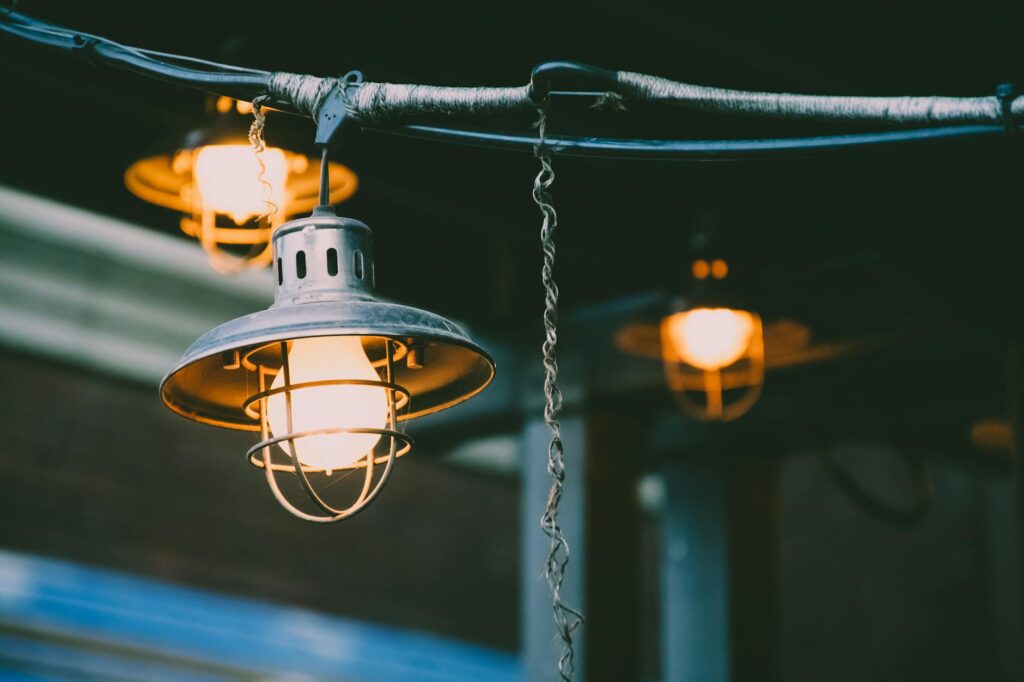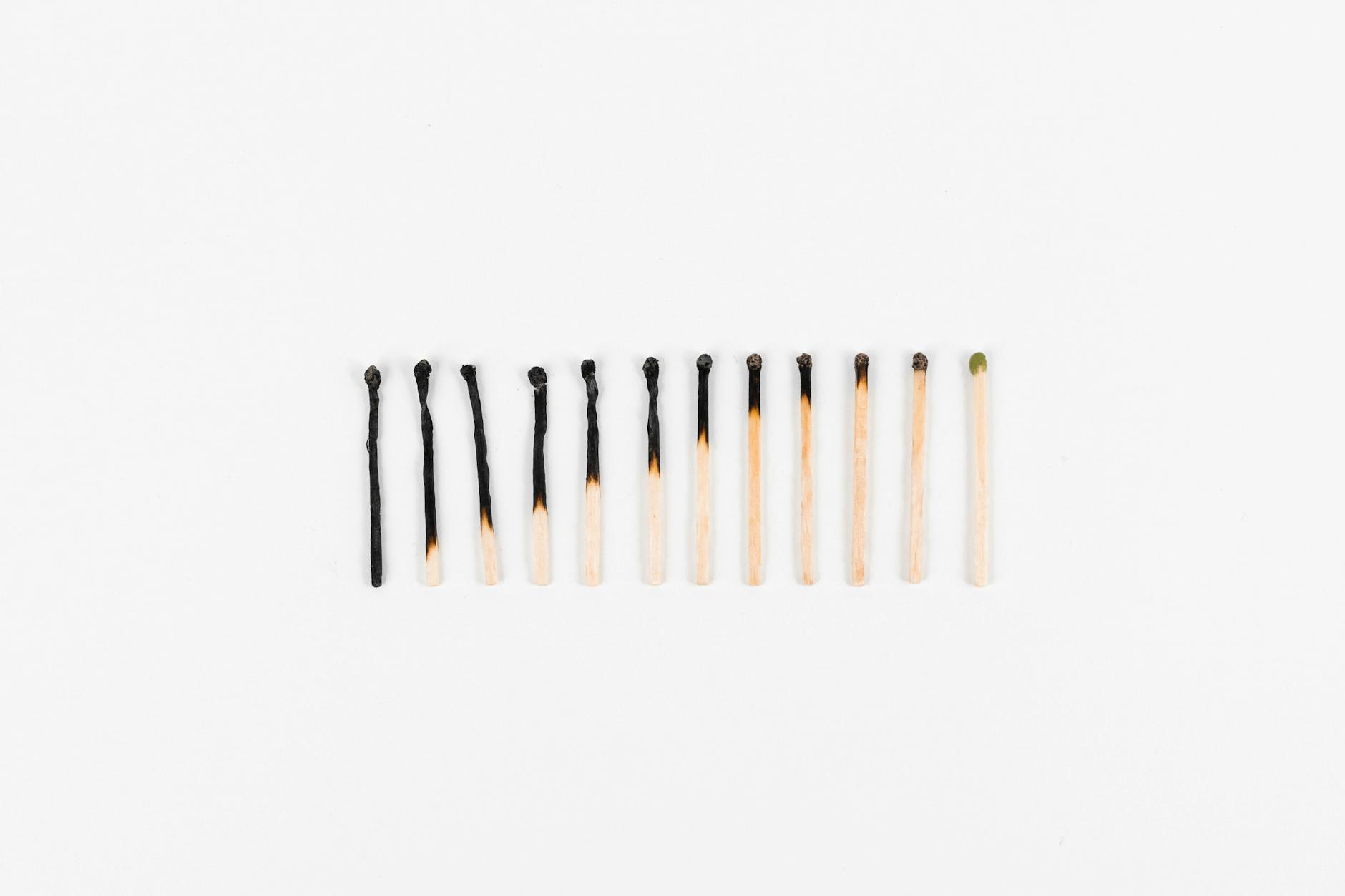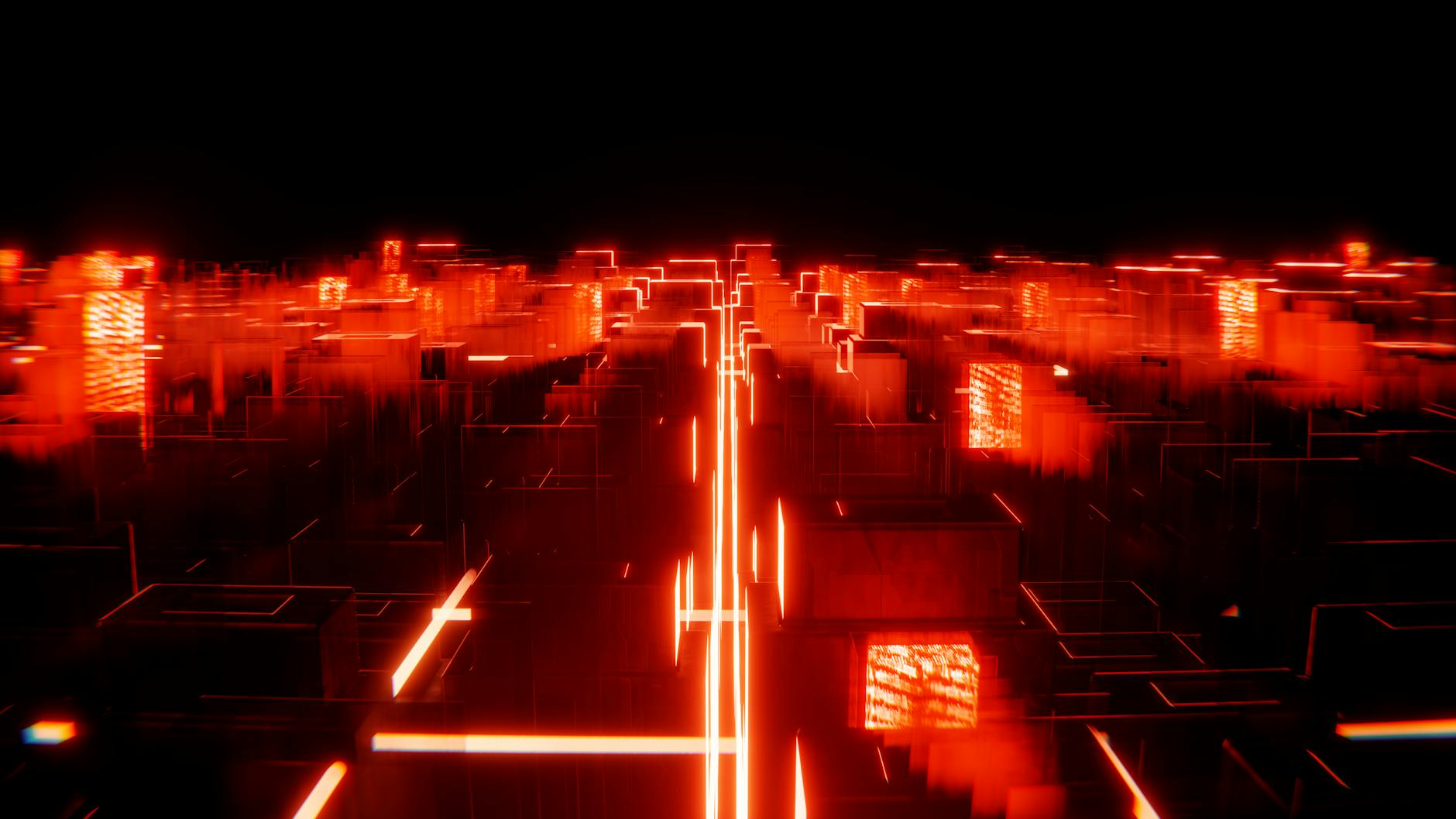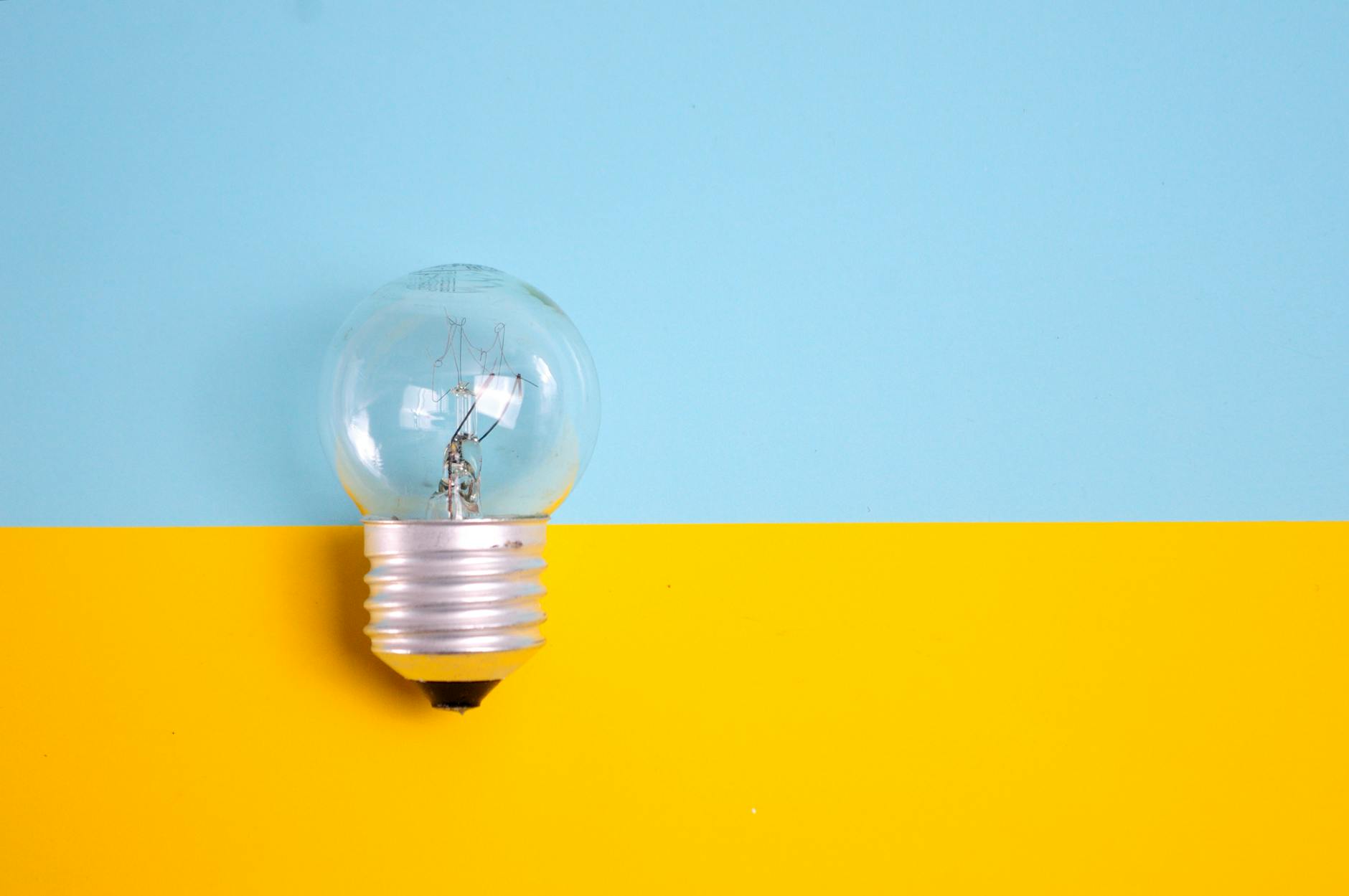The story of artificial light is not merely a tale of technological advancement; it’s a narrative that illuminates humanity’s relentless quest for progress, efficiency, and sustainability. This journey, from the flicker of Edison’s bulb to the bright, energy-efficient glow of LED lights, mirrors our development and innovation as a society. 
The Birth of the Electric Light Bulb
In the late 19th century, Thomas Edison and his team developed the first commercially practical incandescent light bulb, marking a pivotal moment in human history. This invention not only lit homes and streets but also sparked the beginning of a new era in electric lighting.
The Incandescent Era
For decades, incandescent bulbs were synonymous with electric lighting, providing a warm, inviting glow to interiors worldwide. However, despite their widespread use, these bulbs were energy-inefficient, converting more electricity into heat than light.
The Quest for Efficiency
As global energy consumption soared, the quest for more efficient lighting solutions became imperative. This led to the development of fluorescent and halogen bulbs, which offered improvements in energy efficiency over traditional incandescent lighting.
Introduction of the Compact Fluorescent Lamp (CFL)
The launch of compact fluorescent lamps (CFLs) represented a significant advance. These bulbs, using a fraction of the energy of their incandescent predecessors to provide the same amount of light, became symbols of the movement towards energy conservation.
The Ride to Halogen
Halogen bulbs, introduced as a more efficient variant of the incandescent bulb, brought about better efficiency and longer life. However, these too would eventually be surpassed by more advanced technologies. 
Entering the LED Era
Light Emitting Diodes (LEDs) marked a monumental shift in lighting technology. LEDs surpass both incandescent and CFLs in terms of energy efficiency, longevity, and environmental friendliness, making them the preferred choice for environmental and economic reasons.
The Advantages of LED Lighting
LED lights offer numerous advantages: unparalleled energy efficiency, longer lifespans, and reduced environmental impact. This technology represents the pinnacle of lighting innovation, aligning closely with contemporary values of sustainability and eco-friendliness.
The Environmental Impact
Compared to traditional lighting, LEDs consume less power, emit less heat, and reduce greenhouse gas emissions, contributing significantly to global efforts to combat climate change.
The Economic Perspective
Beyond their environmental benefits, LED lights also offer economic advantages. Their long life and low energy consumption mean significant savings for households and businesses alike.
LEDs in Everyday Life
Today, LED technology is ubiquitous, illuminating everything from homes and offices to streets and smartphones. Its versatility and efficiency have made it the standard in lighting.
Smart Lighting and IoT
With the advent of smart homes and the Internet of Things (IoT), LED lights have gained even greater prominence. They are integral to intelligent lighting systems that enhance efficiency, convenience, and personalization.
The Future of Lighting
The future of lighting lies in further innovation in LED technology and its integration with smart home technologies. Advancements in materials and manufacturing will continue to enhance efficiency and performance, paving the way for brighter, more sustainable futures.
The Legacy of Edison
While LED lighting represents the current zenith of lighting technology, it is built upon the foundation laid by Edison’s incandescent bulb. This legacy of innovation highlights humanity’s enduring quest for better, more efficient solutions. 
Challenges and Considerations
Despite the clear advantages of LED lighting, challenges remain, including the initial cost, variability in quality, and the need for broader recycling programs for electronic waste.
Guiding the Way to a Brighter Future
As we continue to explore and embrace the possibilities of LED lighting, we are guiding ourselves towards a brighter, more sustainable future. The journey from Edison to LED is a testament to our capacity for innovation and improvement.
In conclusion, the evolution of light from Edison’s incandescent bulb to today’s LED technology tells a story of progression, innovation, and the relentless pursuit of efficiency and sustainability. Through ongoing advancements and increased adoption, the future of lighting looks exceptionally bright, offering hope for a more sustainable and energy-efficient world.
Frequently Asked Questions
What makes LED lights more efficient than incandescent bulbs? LED lights convert more electricity into light, whereas incandescent bulbs waste a significant portion of electricity as heat, making LEDs more energy-efficient.
Are LED lights more expensive than traditional bulbs? While the initial cost of LED lights may be higher, they are more economical in the long run due to their long lifespan and lower energy consumption.
Can LED lights be recycled? Yes, LED lights can be recycled. However, the process involves separating the electronic components and requires specialized recycling facilities.
Do LED lights contribute to reducing greenhouse gas emissions? Yes, by consuming less energy, LED lights contribute to lower greenhouse gas emissions, making them a more environmentally friendly option.
How do smart LED lights work? Smart LED lights connect to home automation devices or apps, allowing users to control lighting remotely, set schedules, and customize colors and brightness for enhanced efficiency and personalization.





